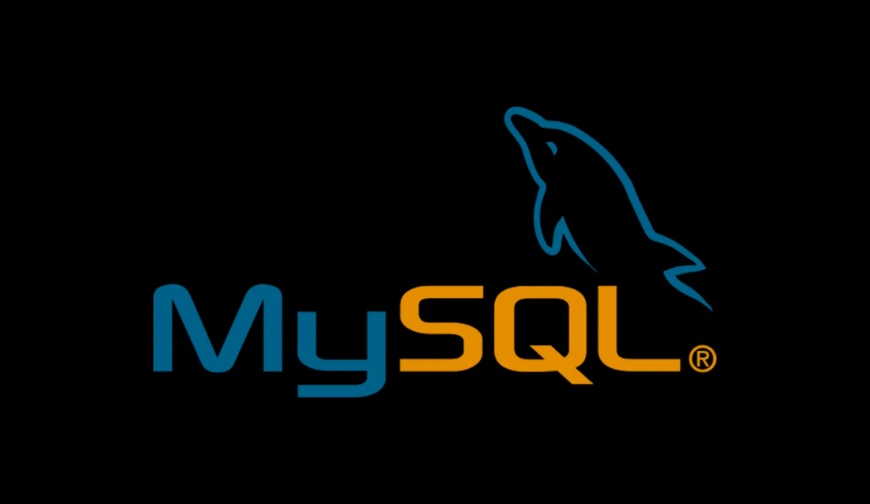MySQL is one of the most widely used relational database management systems (RDBMS) in the world, especially in conjunction with the LAMP stack. LAMP, which stands for Linux, Apache, MySQL, and PHP/Perl/Python, is a popular open-source web development platform. In this article, we will delve into the intricacies of MySQL and its role in database management within the LAMP environment.
Introduction to MySQL and LAMP stack
What is MySQL?
MySQL is an open-source relational database management system that uses Structured Query Language (SQL) for managing and manipulating data. It is renowned for its speed, reliability, and ease of use, making it the preferred choice for many web applications and websites.
What is LAMP stack?
LAMP stack is a set of open-source software used for web development. It consists of Linux as the operating system, Apache as the web server, MySQL as the database management system, and PHP/Perl/Python as the programming language for server-side scripting.
Importance of database management in web development
Efficient database management is crucial for web development as it ensures data integrity, accessibility, and security. MySQL plays a central role in storing, organizing, and retrieving data for web applications, making it indispensable for developers.
Understanding MySQL database structure
Tables and rows
In MySQL, data is stored in tables, which are composed of rows and columns. Each row represents a record, while each column represents a specific attribute of the record.
Primary keys and foreign keys
Primary keys uniquely identify each record in a table, while foreign keys establish relationships between tables, ensuring referential integrity.
Installing MySQL in LAMP stack environment
Installing MySQL in a LAMP stack environment is a straightforward process, typically done through package managers like apt for Ubuntu or yum for CentOS.
Connecting to MySQL server
Command line interface
MySQL provides a command-line interface (CLI) for interacting with the database server. Users can execute SQL queries, manage databases, and administer user privileges through the CLI.
GUI tools
Alternatively, users can utilize graphical user interface (GUI) tools such as phpMyAdmin or MySQL Workbench for a more user-friendly experience in managing MySQL databases.
Creating and managing databases
Creating a new database
To create a new database in MySQL, users can use the CREATE DATABASE command followed by the desired database name.
Dropping a database
Similarly, the DROP DATABASE command is used to delete an existing database from the MySQL server.
Working with tables
Creating tables
Tables in MySQL can be created using the CREATE TABLE statement, specifying the table name and column definitions.
Modifying tables
MySQL allows users to modify existing tables by adding or removing columns, changing data types, or altering constraints using the ALTER TABLE statement.
Dropping tables
To delete a table from the database, users can use the DROP TABLE command followed by the table name.
Data manipulation with SQL queries
SQL queries are used to manipulate data within MySQL databases, including retrieving, inserting, updating, and deleting records.
SELECT statement
The SELECT statement is used to retrieve data from one or more tables based on specified criteria.
INSERT statement
To add new records to a table, users can use the INSERT statement, specifying the column values for the new record.
UPDATE statement
The UPDATE statement is used to modify existing records in a table based on specified conditions.
DELETE statement
To remove records from a table, users can use the DELETE statement, optionally specifying conditions to filter the records to be deleted.
Data integrity and normalization
Ensuring data consistency
Data integrity refers to the accuracy and reliability of data stored in a database. MySQL supports various constraints such as primary keys, foreign keys, and unique constraints to enforce data integrity.
Normalization techniques
Normalization is the process of organizing data in a database to minimize redundancy and dependency. MySQL follows normalization principles to ensure efficient data storage and manipulation.
Indexing for performance optimization
Understanding indexes
Indexes in MySQL are data structures that improve the speed of data retrieval operations by enabling quick lookup of records based on specific columns.
Creating indexes
Users can create indexes on tables using the CREATE INDEX statement, specifying the column(s) to be indexed.
Backup and recovery strategies
Importance of backups
Regular backups are essential for protecting data against loss due to hardware failure, software errors, or human mistakes.
Backup methods
MySQL offers several backup methods, including logical backups using SQL dump files and physical backups using tools like mysqldump or MySQL Enterprise Backup.
Recovery options
In the event of data loss, MySQL provides recovery options such as restoring from backups, point-in-time recovery, or using binary log files for incremental recovery.
Security considerations in MySQL
User authentication
MySQL employs user authentication mechanisms to control access to databases, including username/password authentication and secure authentication plugins.
Access control
Access control in MySQL involves granting and revoking privileges to users or user groups, restricting their actions on databases and tables.
Encryption
To ensure data security, MySQL supports encryption techniques such as SSL/TLS for secure communication and encryption of data at rest using encryption plugins.
Scaling MySQL databases
Replication
MySQL replication allows for the creation of multiple copies of a database for distributing workload and ensuring high availability and fault tolerance.
Sharding
Sharding involves partitioning a database into smaller, more manageable segments called shards, distributed across multiple servers for horizontal scalability.
Monitoring and troubleshooting MySQL
Monitoring tools
MySQL provides built-in tools and third-party monitoring solutions for tracking database performance, identifying bottlenecks, and troubleshooting issues.
Common issues and troubleshooting tips
Common issues in MySQL include performance degradation, locking conflicts, and data corruption. Troubleshooting tips involve analyzing logs, optimizing queries, and tuning server configurations.
Conclusion
In conclusion, MySQL plays a vital role in database management within the LAMP stack, offering robust features for data storage, retrieval, and manipulation. By understanding the fundamentals of MySQL and implementing best practices in database administration, developers can ensure optimal performance and reliability for their web applications.
FAQs
- Is MySQL free to use? Yes, MySQL is an open-source software released under the GNU General Public License (GPL), making it free to use for both commercial and non-commercial purposes.
- Can I use MySQL with other programming languages besides PHP? Absolutely. While MySQL is commonly used with PHP in the LAMP stack, it supports connectivity with various programming languages such as Python, Java, and Ruby through APIs and connectors.
- What is the difference between MyISAM and InnoDB storage engines in MySQL? MyISAM and InnoDB are two of the most widely used storage engines in MySQL. MyISAM offers faster read operations but lacks support for transactions and referential integrity, while InnoDB provides features such as transaction support and foreign key constraints for data integrity.
- How often should I back up my MySQL databases? The frequency of backups depends on factors such as the volume of data changes and the importance of the data. As a best practice, it is recommended to perform regular backups, with daily backups being a common practice for critical databases.
- What security measures should I take to protect my MySQL databases? To enhance security, users should follow practices such as regularly updating MySQL and operating system software, implementing strong authentication mechanisms, restricting access privileges, and encrypting sensitive data.




